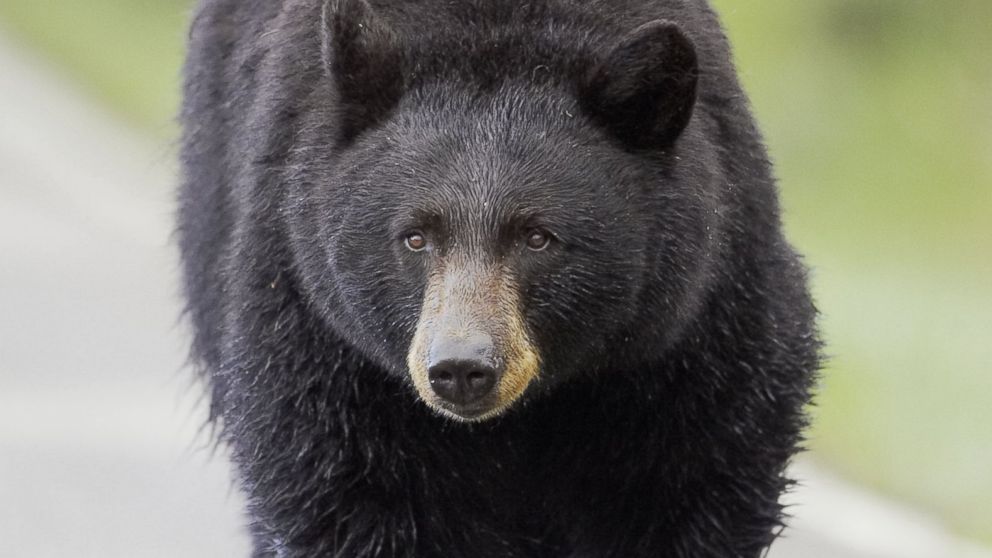How to Survive a Bear Attack
April 14, 2014— -- A recent black bear attack in a Florida suburb has people on edge as authorities hunt for the missing animal, which fled after mauling a woman in her garage over the weekend.
Urgent Hunt for Black Bear That Mauled Woman
The odds of encountering a bear outside the wild are slim, experts say, but here’s what to do if you ever come face-to-face:
Brown Bear vs. Black Bear
First, know what bear you’re dealing with.
If you’re in the eastern part of the country, you’ll only come in contact with black bears. If you’re out west, brown bears, or grizzlies — distinguished by a shoulder hump and a concave or "dished" facial profile — are also a possibility.
"What can be confusing is if you go out west, black bears can be brown or cinnamon in color," Bill Stiver, a wildlife biologist at the Great Smoky Mountains National Park told ABCNews.com.
Don’t Play Dead Unless ...
The only time playing dead works as a survival technique is if you’re dealing with a brown bear whose attack was a defense –- maybe it’s guarding its cubs or food, Stiver said.
Simply stop moving and the bear will stop attacking.
"They’ll fight until that threat is gone," he said. "With black bears, you don’t see that. They’re not as defensive of their cubs. Usually, if a black bear attacks you, it’s an offensive attack."
In that case, fight.
"If you’re attacked, your best defense is to fight back with everything you’ve got,” Stiver said. “Punch it, kick it, do everything you can to get that animal off you."
Get Big and Loud, but Never Run
If a bear approaches, make some noise.
"Clapping your hands, yelling -– even throwing things is appropriate,” Stiver said. “You’re trying to scare it away before it gets too close. Get a big stick, some rocks. Bang pots and pans."
Bears will back away from the clatter. Wave your arms and stand as tall as possible to make yourself appear larger. If you’re with a group of people, stand together.
Never run or climb trees –- two things bears are better at than humans.
"Stand your ground. You can’t outrun a bear,” Stiver said. “You’re basically trying to show the bear you’re not afraid of it."
Drop the Food, Cameras
Most bear encounters happen when food is out in the open, according to Linda Friar of the National Park Service.
"If you’re camping, make sure you move the food away from where you’re sleeping,” she said. “And make sure you’re using bear-proof containers that restrict odors.
"The most common interactions are with campers or backpackers who have food that the bear can smell.”
And if you’re awake and approached by a bear, drop any food you’re holding.
Also keep cameras and smartphones pocketed.
"We find that some visitors in national parks across the country get too close – particularly with cameras – and try to interact with the bear, not realizing they’re wild animals," Friar said.
“That’s not a good idea.”




